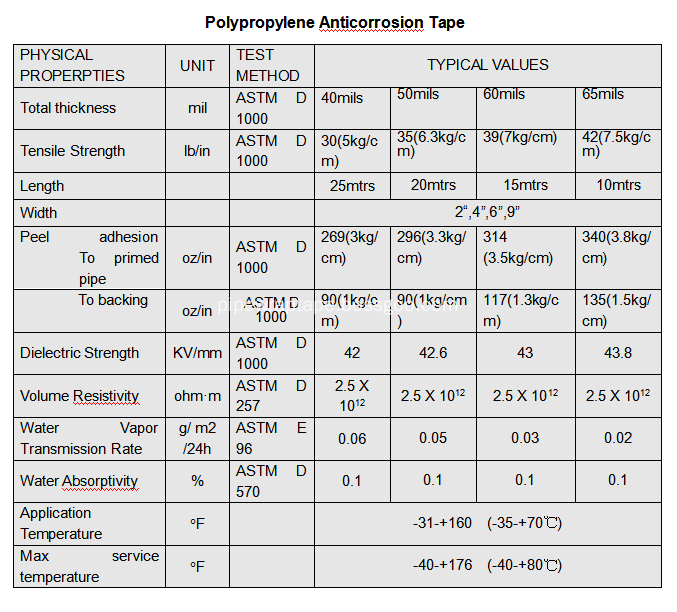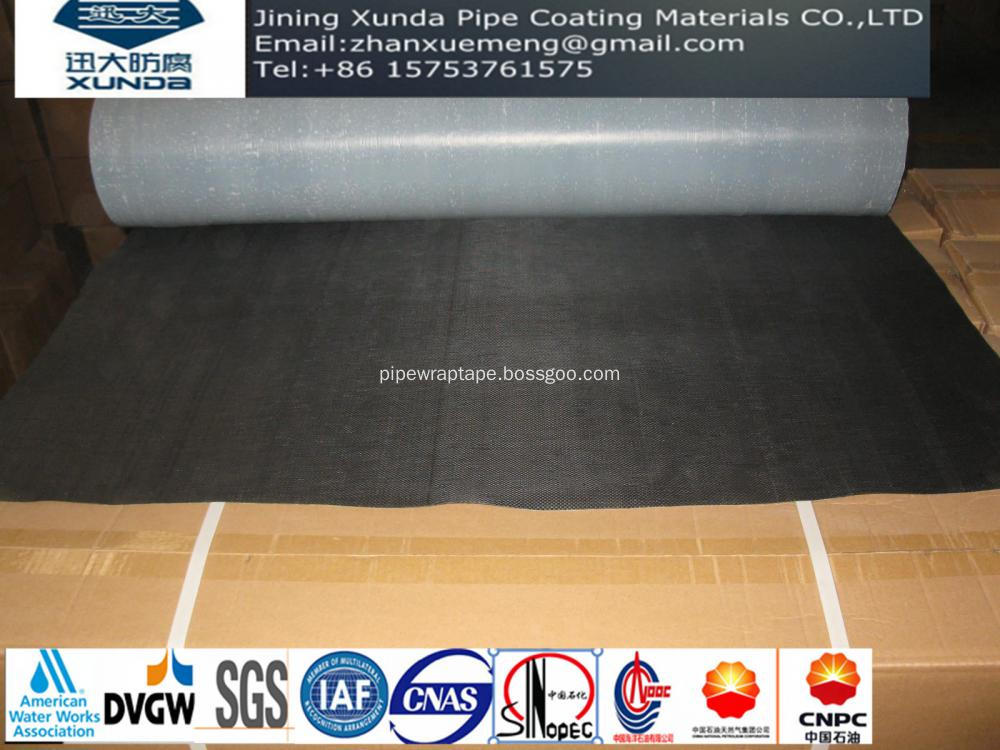On December 10, the Ministry of Industry and Information Technology issued a document confirming that it has issued licenses for low-frequency test frequency of 5G systems to the three major telecom operators in China. The 5G era is becoming a reality at a higher than expected speed.
On December 7th, the main forum of the 2018 China Mobile Global Partner Conference with the theme of “5G Connection New Era†was held in Guangzhou. It is reported that the number of participants exceeded 200,000 and there were more than 220 exhibitors. China Mobile believes that the arrival of the 5G era will fully release the new momentum of digital economic growth. Through a wealth of intelligent scene applications, 5G can open up new enthusiasm for the rapid development of various industries.
Qualcomm Inc. released the world's first chip Snapdragon 855 for 5G handset design in Hawaii on December 5. At present, except for Apple and Huawei, all the manufacturers that plan to release 5G mobile phones in 2019 are based on Qualcomm Snapdragon chips and baseband chips.
5G mobile phone has arrived at the door
A number of manufacturers have announced plans to achieve mass production of 5G mobile phones in 2019, indicating that 5G has come to the "home door." During the China Mobile Global Partner Conference, 21st Century Business Herald reporters experienced the first 5G mobile phones equipped with Qualcomm Xiaolong 855 chips at the Qualcomm booth, including Xiaomi and ZTE.
On December 8th, Xu Wei, head of R&D China for Qualcomm China, which is involved in the research of two the most critical 5G technologies, millimeter wave and multi-antenna (MIMO) technology, said in an interview that the most obvious improvement that 5G can bring will be reflected in At the transmission rate, “users will not be affected by the traffic speed when using 5G mobile phones. 5G can download APP and video in real time and quickly, which is a good user experience.â€
Xu Wei said that from a technical point of view, as long as it supports 5G connection, that is, 5G mobile phone can be called 5G mobile phone by using 5G spectrum and bandwidth, and 5G mobile phone can be called 5G mobile phone, but this is not enough for true 5G mobile phone. .
"(5G mobile phone) is also equipped with a high-performance camera and a powerful AI algorithm. Therefore, in addition to the communication technology upgrade, the 5G flagship machine will be improved accordingly, for example, the processor needs to have artificial intelligence features." “The Qualcomm Snapdragon 855 mobile platform not only supports 5G communication, but also greatly improves its computing power.â€
However, the outside world does not seem to be looking forward to the first batch of 5G phones. On December 13, Sun Yanxi, the president of the First Mobile Research Institute, pointed out to the 21st Century Business Herald reporter that the most obvious change that can be experienced for the first batch of 5G mobile phone users is in HD video. "The video streaming experience will change significantly, but many other applications are still under development," he said. "There will be even some unsatisfactory experiences, such as a mobile phone that may be hot."
Sun Yanxi pointed out that from 3G to 4G, fever is an inevitable problem for every generation of mobile phones. "Then we will gradually solve it step by step. This is the process that every generation of mobile phones must undergo." He also said that fever means that the power consumption is large, and the battery life may be affected. In his view, before the emergence of applications that caught users' pain points, 5G mobile phones may not bring huge changes compared to 4G mobile phones, and some aspects may be inferior to 4G mobile phones.
"This batch can not be called a real 5G mobile phone. In fact, it is also a trial commercial next year." Sun Yanxi said, "The achievements of this batch of 5G mobile phone research and development are that whether it is Qualcomm or Huawei, it can take out 5G in such a short time. Products, this is the most outstanding contribution." He believes that only through the exploration of the first batch of 5G mobile phones, the subsequent 5G applications will gradually be in place, and finally ushered in "the most powerful 5G applications."
VR and other areas upgraded
During the China Mobile Global Partner Conference, 21st Century Business Herald reporters also experienced a Maserati sedan equipped with Qualcomm Snapdragon car processor and C-V2X technology at the Qualcomm booth. According to the relevant person in charge of Qualcomm, the car shows the typical application of Qualcomm C-V2X and the car entertainment system based on Qualcomm chip. On-site observation shows that through C-V2X technology, traffic information such as traffic lights in front of the vehicle can be pushed to the vehicle in time and placed on the dashboard.
In an interview on the 8th, Xu Wei said that low latency and high reliability are another obvious technological improvement of 5G beyond the high transmission rate. “(This) makes it applicable not only to mobile phones, but also to industrial IoT, automotive and other vertical areas,†he said.
From the user's point of view, in addition to mobile phones, XR, VR and wearable devices and other types of connectivity products will also be upgraded with the arrival of 5G. "As a terminal with wireless communication connection function, VR and XR are completely different from mobile phones." Xu Wei told 21st Century Business Herald, "Our layout of VR, XR technology and products is not only to provide small size and low power. The integrated chip also includes investments in software, advanced algorithms, reference designs, and various acceleration plans to help manufacturers get to market faster."
Taking VR as an example, many industry insiders told 21st Century Business Herald that the VR market needs to achieve a real outbreak, and it is necessary to further improve the lightweight design and connection level of products, and to break away from the “VR integrated machine that relies on PCs, mainframes and smart phones. "It is considered to be a product form with more market value and development potential.
Better network technology is undoubtedly a core factor to help the development of the VR market. The deployment of 5G will greatly enhance the connectivity of VR devices. Domestic VR equipment manufacturer ant vision technology CEO Yu Zheng has previously told reporters of the 21st Century Business Herald that the emergence of Qualcomm Xiaolong series chips has played a key role in the development of all-in-one machines, and can support the realization of the integrated VR helmet form. "After a while, the experience of an integrated VR device will be close to the VR experience of a tethered (connected to a PC or host) two years ago," he said.
David MacQueen, executive director of global wireless practices at Strategy Analytics, also expressed to the 21st Century Business Herald: The biggest change in VR development may come from communication technology, which makes wireless, independent VR headsets a reality. . "Current Wi-Fi and 4G mobile network technologies are not fast enough, and there is a delay that is not enough to provide a better experience." MacQueen said, "Other wireless technologies such as 5G can increase transmission speed and reduce latency."
Xu Wei analyzed on the 8th that VR and XR devices are very sensitive to delay. “If the wearer turns his head or turns the eyeball, the scene of the VR must change at the same time.†He said, “To achieve this speed, the first thing is to make a corresponding change in the scene that the eye looks at after detecting the change of the eyeball; The second is when the scene changes, the data should be quickly transmitted to the user."
VR practitioners pointed out to reporters that 5G will become the technology for AR/VR devices to survive. In addition to the ability to popularize real-time high-definition cloud rendering and greatly reduce the need for local computing power, 5G can support the real-time transmission of large amounts of data. Let VR/AR be used in areas such as communications that have not yet been fully demonstrated.
Millimeter wave application has broad prospects
In the future development of 5G, the application of millimeter wave is also one of the focuses of the outside world.
Millimeter wave and multi-antenna technology are extremely important in the field of 5G. Xu Wei is a deep participant in these two studies. Millimeter wave was the research direction during his Ph.D. "At the time, I didn't expect this technology to become an important part of 5G technology in the future."
He said in an interview, "It is also a good life experience to be able to participate in cutting-edge technology research at an early stage and see these technologies from theory to research and development, to prototype design, and to the commercial process. â€
Although millimeter waves are currently favored in some countries in North America, Europe and Asia, the first phase of China's 5G focuses on the frequency band below 6GHz. Xu Wei pointed out that in some application scenarios, the frequency band below 6 GHz is not easy to implement. For example, in a venue with a high density of people, a small bandwidth below 6 GHz is difficult for everyone to enjoy a high-speed network.
“I think that millimeter wave has a broad application prospect in China. The 5G spectrum division has always faced the problem of scarcity of resources, and the advantage of millimeter wave is that the spectrum resources are very rich, and many have not been utilized.†In his view, the millimeter wave spectrum is high. The bandwidth is large and the rate is high. Although it was initially considered by the industry to be immature, basic technology research has proven that millimeter waves are commercially viable. Beamforming or multi-antenna technology can solve some of the most critical technical difficulties and promote the commercial use of millimeter waves.
"Chinese universities and research institutes have certain technical knowledge in the research of millimeter wave technology. We very much hope that we can promote the research of millimeter wave with Chinese partners and realize commercial use as soon as possible." Xu Wei said. He pointed out that China's IMT-2020 (5G) promotion team has actually launched the "indoor + field" test including millimeter wave. "We are also cooperating with many equipment manufacturers around the world to carry out millimeter-wave interoperability." He said, "The technology itself is mature and supports different test scenarios. Qualcomm will actively participate in their millimeter wave testing."
Polyethylene Bitumen Butyl Tape
â… .Description
Polypropylene Anticorrosion Tape is cold applied tape for both metallic pipelines and waterproofing works against outdoor bad weathers .
â…¡.Structures
Backing : PP woven fabric cloth,
Adhesive layer: Butyl rubber Bituminous Compound

â…¤. Technical Datas



Polyethylene Bitumen Butyl Tape
Polyethylene Bitumen Butyl Tape, Good Price Bitumen Butyl Tape, Poplyethylene Pipe Wrap Tape, Heavy Duty Bitumen Butyl Tape
Jining Xunda Pipe Coating Materials Co.,Ltd , https://www.pipe-wrap.com